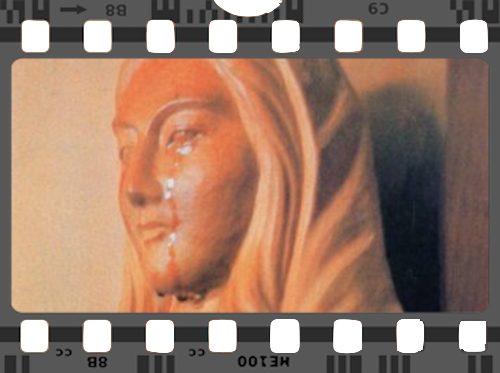
This is a true story of a wooden statue of Blessed Virgin Mary that wept 101 times.
In the former post, I introduced amazing “weeping” statue of Virgin Mary.
You might not believe it.
It must be a hoax or fraud!
I think it’s a shared hallucination!
However, the weeping statue of Our Lady of Akita was actually recorded on camera and verified by scientific examinations.
Believe it or not, it is a scientifically proven miracle!
In this post, I would like to introduce scientific proofs of the miraculous weeping wooden statue of the Holy Mother Mary.
The Miracle of Our Lady of Akita
The following story is based on the book “Akita: The Tears and Message of Mary” written by Father Teiji Yasuda (1916 – 2013), chaplain of Convent-Marian Shrine in Akita, Japan.
Father Teiji Yasuda (1916 – 2013)
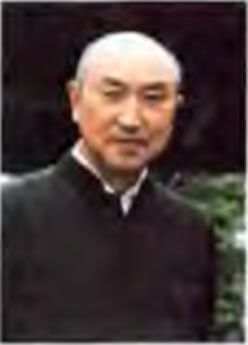
In this book, Father Yasuda introduced “Our Lady of Akita,” a miraculous wooden statue of the Holy Mother Mary that wept 101 times and shed blood from its hand.
It may be hard to believe, but on March 14, 1989, the Most Rev. John Shojiro Ito (1909-1993), retired Bishop of Niigata approved this book in the following words:
I recommend this book and testify that its contents are true.
Bishop of Niigata, the Most Rev. John Shojiro Ito (1909-1993).
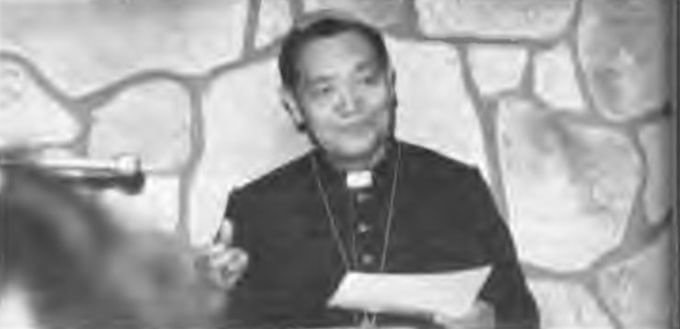
Actually, the weeping and bleeding statue of the Virgin Mary was so miraculous that it was broadcast on Japanese national television.
Furthermore, it gained notice with the miraculous healing of hearing loss of Sister Sasagawa who received messages from the Blessed Virgin.
Therefore, it was a miracle happened to a convent in Akita.
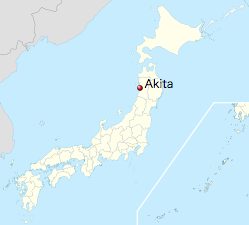
Source – Own work
The Miraculous Weeping Statue Broadcast Nationwide on TV
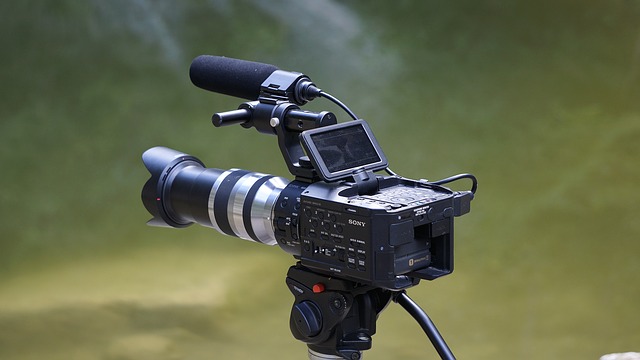
Toward the end of 1979, Father Yasuda got a phone call from the least expected place.
It was Mr. T., the director of a Japanese TV station.

According to Mr. T., he had received a bizarre phone call from an anonymous person.
The anonymous person advised Mr. T.,
Our Lady of Akita is a downright hoax!
So, never feature it on TV.
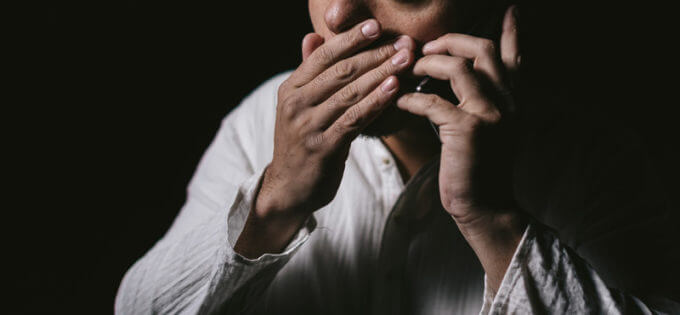
At that time, Mr. T. had never heard of Our Lady of Akita and the weeping statue of Virgin Mary.
But, after a brief conversation with the anonymous person, he felt that his new interest was sparked.
So, Mr. T. had called Yamauchi, a journalist of Catholic Graph to ask him for more details.
After that, he wanted to directly confirm the truth of the weeping statue.
Thus, he requested an interview with Father Yasuda.
It was troublesome for Father Yasuda to be involved with the media.

But, Mr. T. persuaded Father Yasuda to accept his interview.
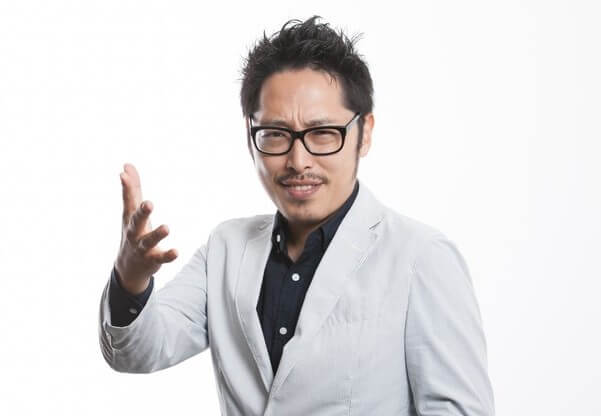
I wanted to figure out if the weeping statue of Mary real or fake!
So, Father Yasuda had no other choice but to accept the interview.
On December 6, 1979, four TV staffs led by Yamauchi arrived at the convent.
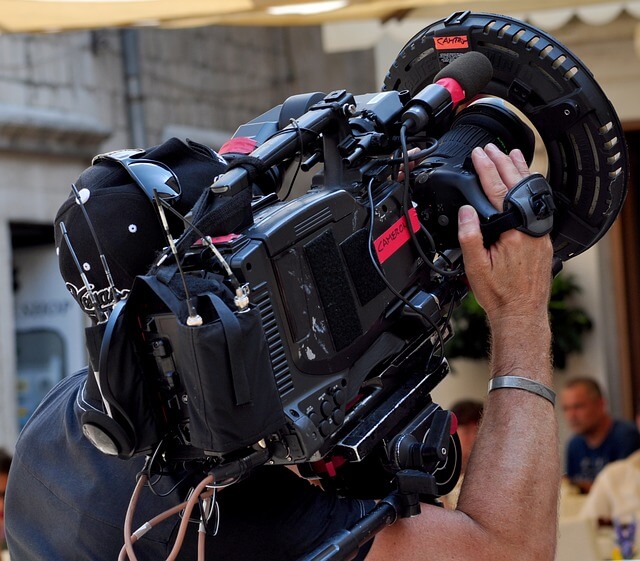
Their arrival was two days behind schedule due to time constraints.
Curiously enough, they arrived before December 8, the Feast of the Immaculate Conception, which proved to be a providential delay.
In Christian theology, the Immaculate Conception is the conception of the Virgin Mary free from original sin by virtue of the merits of her son Jesus.
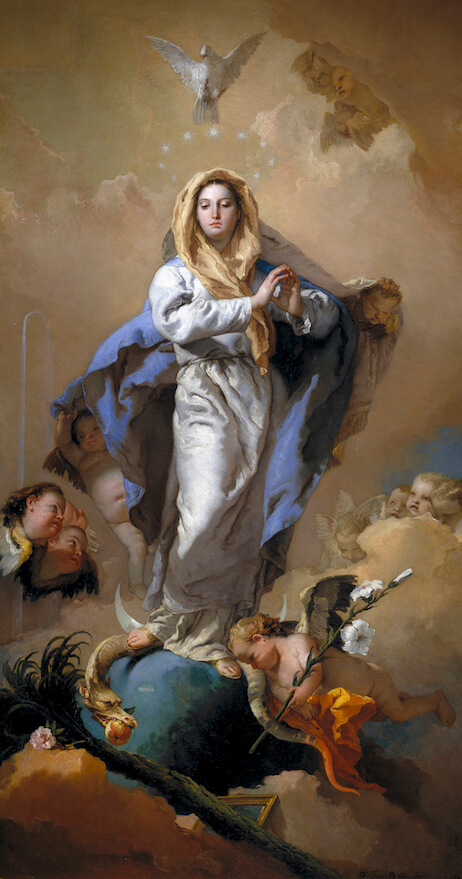
That day fell on Thursday.
In the convent, it became a custom that the sisters took turns holding a service before the Blessed Sacrament to make atonement for the sins of the people all through the night before the First Friday of the month.

The TV staffs brought their equipment and set up a camera before the statue so that they could keep shooting at the interval of 6 seconds all night.
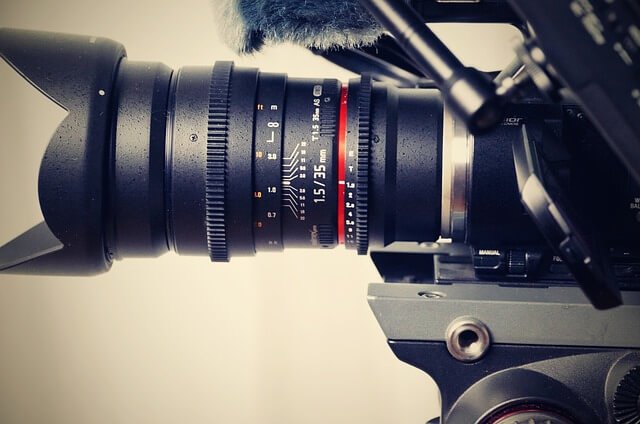
The statue was in the room next to the chapel.
But, the shutter sound of the camera on automatic echoed to the chapel.
So, Father Yasuda decided to postpone the all-night adoration to the following night, for fear that the shutter sound would get on prayer’s nerves.
In addition, he thought there would be significance in conducting all-night service on the night before the Feast of the Immaculate Conception.
Thus, the camera, so to speak, had a virtual monopoly on the statue of Virgin Mary.
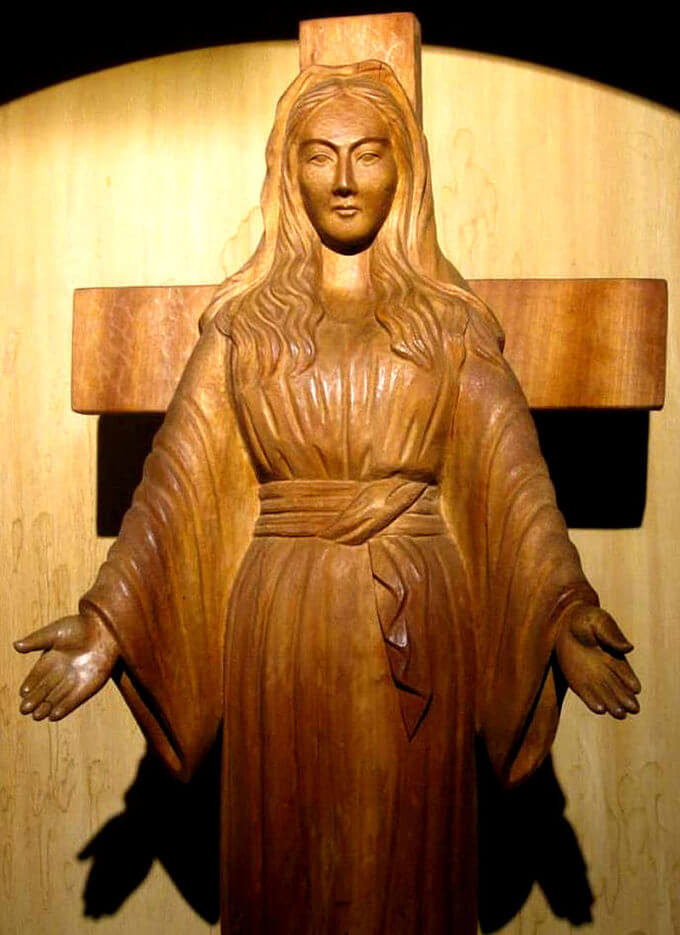

It kept shooting literally in a mechanical way by the minute until the beginning of Mass in the following morning.
Nevertheless, it took a picture of nothing unusual.
The next day, December 7, Father Yasuda and the sisters were round up for an interview and then for showing the TV staffs around the chapel.
All of the TV staffs were moving around busily.
In the evening, they were exhausted from working all day.
After the TV staffs fell asleep, the sisters began the overnight adoration which had been transferred from the day before.
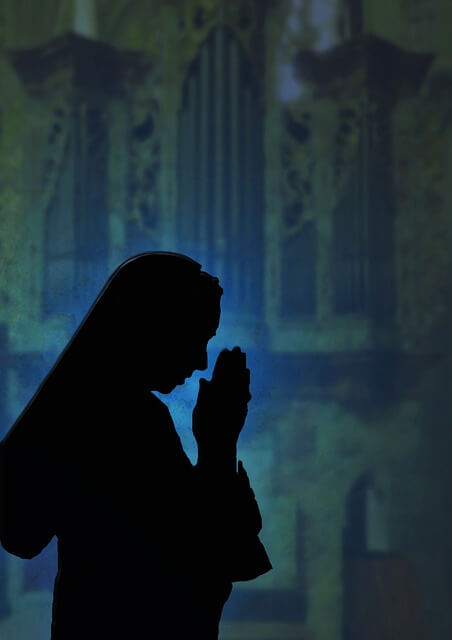
Then past midnight, to be more precise, about 10 minutes past midnight on December 8, Father Yasuda was awoken by a phone ringing in his room.

A sister told him over the phone that she found the statue in tears.
At that time, Mr. Yamauchi and the TV staffs was sleeping upstairs.
So, Father Yasuda called to Mr. Yamauchi and confirmed his response.
Then he rushed to the convent.
He walked up the front steps and approached the statue.
At that time, the TV staffs holding their cameras already came running over from behind him.
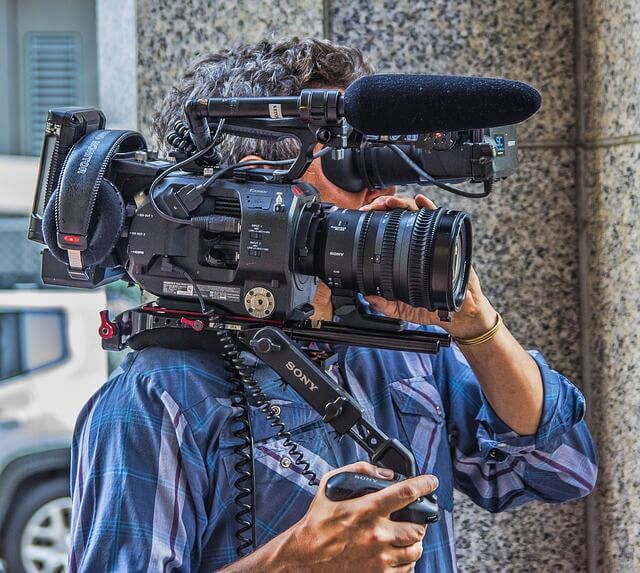
They clicked away with their cameras as quick as a flash.
Father Yasuda was astonished at their quickness.
Later, some of them confessed that they did not take very good pictures at first, because their hands trembled.

As usual, Father Yasuda and the sisters recited the Rosary with the pilgrims present.
They watched over the statue until the tears faded away in time.
In the next morning, the TV staffs regretted that they had not set the camera during the previous night.
Thus, they asked Father Yasuda to remain another day to try again.
That seemed to make sense and he agreed with them.
So, they set the camera pointing it at the statue around 8:00 p.m. of December 8.
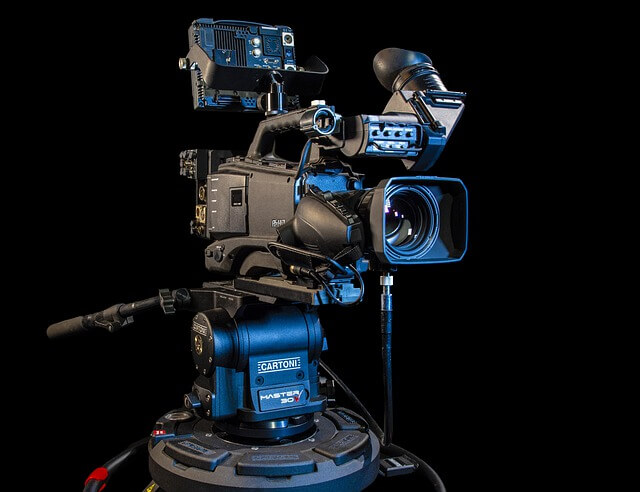
Then the camera began to repeat shooting by the second.
Just after 11:00 p.m., one of the sisters made a late visit to the Blessed Sacrament.
After that, on her way back, she knelt down before the statue and found the tears.
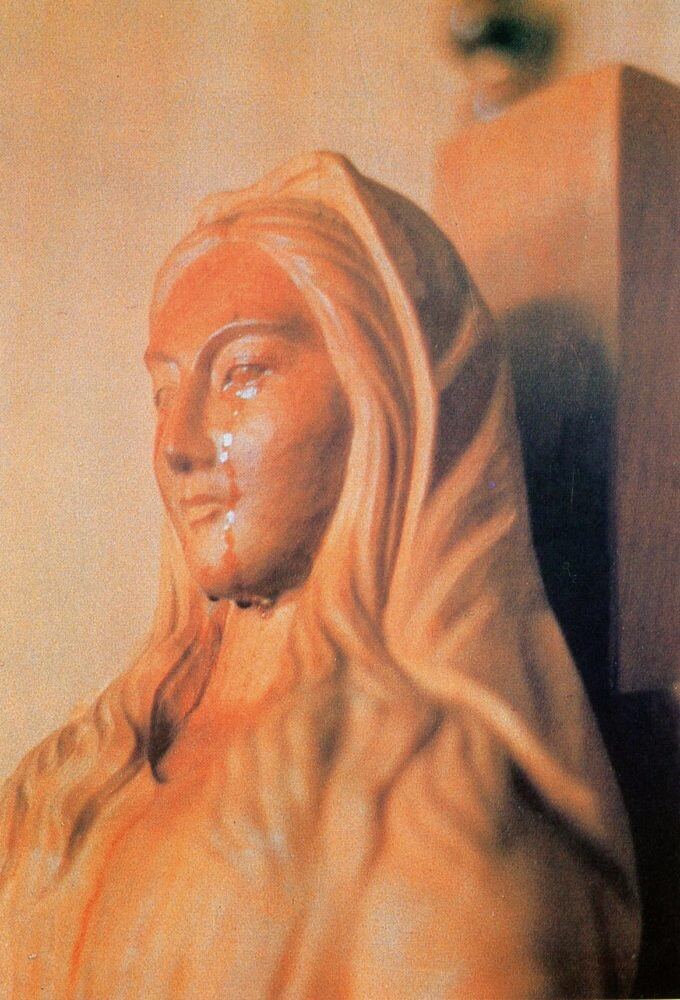
The tears at that time were caught by the TV camera and then they were broadcast on TV all over the Japan for an answer to the question,
Is it true or false?
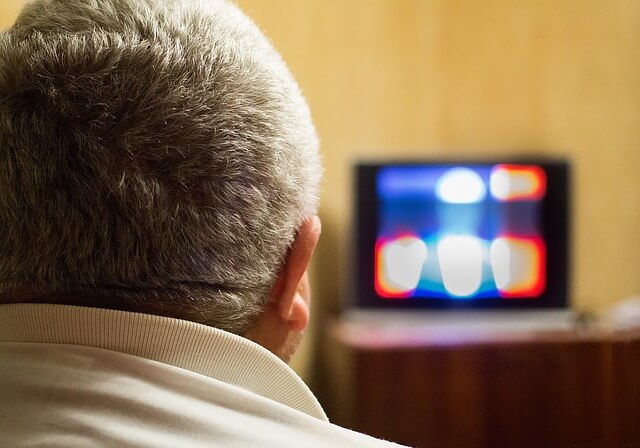
The video of the tears of Our Lady of Akita at that time has been stored in the convent.
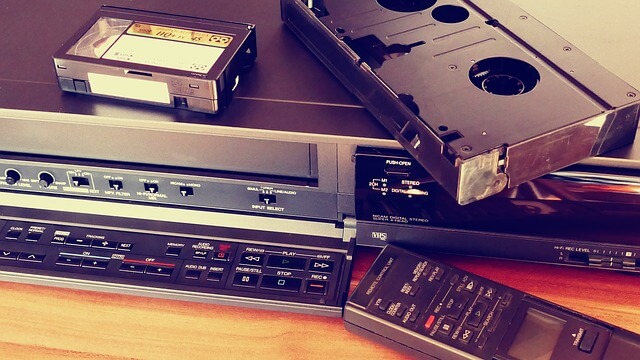
Later, it is distributed on the Internet all over the world.
Scientific Analysis of the Tears of Statue of Virgin Mary
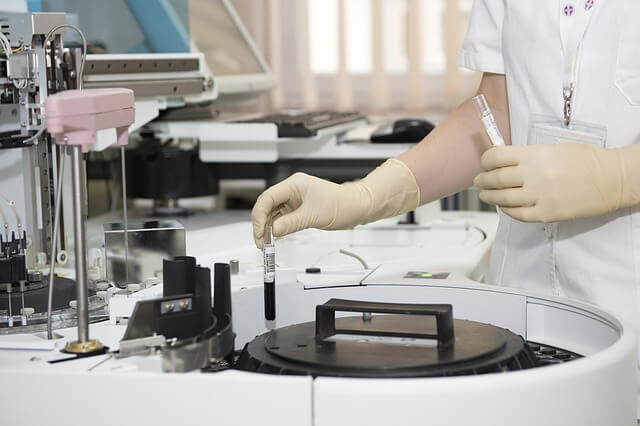
August 22, 1981, Feast of the Queen of the World was in the old calendar the Feast of the Immaculate Heart of Mary.
That day, before the statue of Mary in the chapel, Father Yasuda took out new absorbent cotton with tweezers.
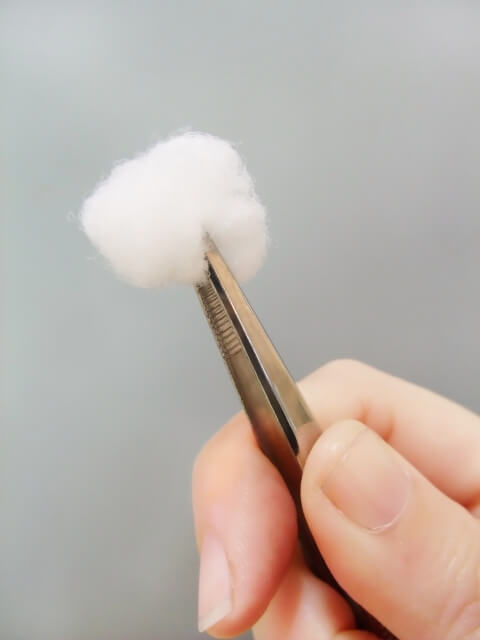
He made the cotton into a ball as large as a soybean with tweezers.
Then Father Yasuda placed it in contact with a teardrop on the chin of the statue to absorb it.
After he confirmed that the cotton was soaked sufficiently with the tears, he put it into a new plastic bag.
Soon after that, in the afternoon of the same day, he brought it to Akita University.
Administration Bureau of Akita University

Source – Own work
Father Yasuda asked Professor Kaoru Sagisaka of the forensic medicine class of the medical department at Gifu University to conduct a scientific test through Professor Eiji Okuhara of the first biochemical class of the medical department at Akita University.
Gifu University hospital
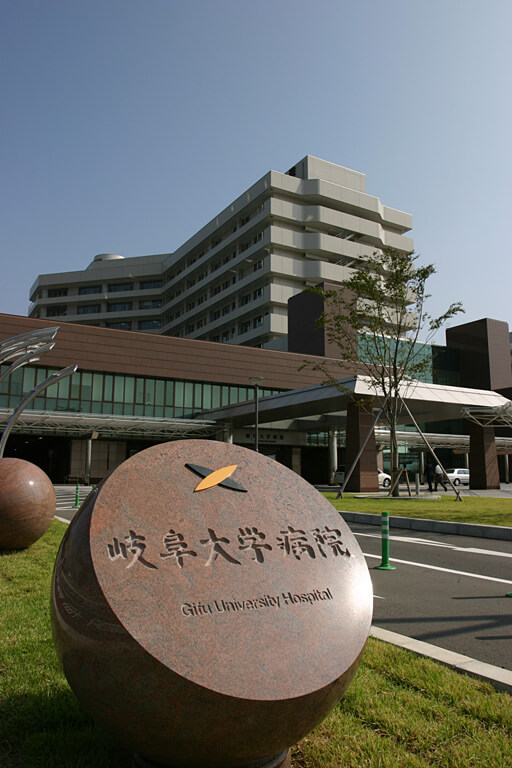
Source Masabb – Own work
Prof. Sagisaka Kaoru (1934 -) is well known as an authority on forensic medicine in Japan.
Prof. Sagisaka was busy with work at that time, but three months later, he sent a document for detailed information about the results to Father Yasuda through Prof. Okuhara.

The certificate contained the following items.
(1) Name of the client who asked for the analysis
(2) Requested date
(3) Object to by analyzed
(4) Analysis record
(5) Test using rabbit anti-human serum
(6) Analysis of blood type
(7) Explanation
(8) Analysis of blood type
(9) Results of analysis
Here, the results of the analysis is described as follows:
1. It is considered that there are body fluids on the specimen and its blood type was found to be O.
November 30, 1981
The forensic medicine class of the medical department at Gifu University
Expert: Kaoru Sagisaka
This expert analysis is the only authentic scientific proof of the tears of Our Lady of Akita which has been stored in the Institute of the Handmaids of the Eucharist.
It provides definitive evidence for the miracle of the Blessed Virgin Mary.
Sr. Sasagawa’s blood type is B.
By the way, the first analysis of the blood from the wound on the right hand of the statue showed that it also had a blood type of B.
However, the analysis of the tears from the eyes of the statue showed that they had a blood type of AB.
Amazingly, this time, the analysis showed that the tears had a blood type of O.
These results are summarized in the following table.
Analysis | Object | Blood type |
1 | Blood from the wound on the right hand | B |
2 | Sweat and tears | AB |
3 | Tears | O |
Therefore, Father Yasuda concluded as follows:
God has manifested here His creative force.
He first created the blood with blood type B.
Then He created the body fluids of the sweat and the tears with blood type AB.
And finally, He created the body fluids of the tears with blood type O.
In this way, He challenged the superficial idea that came from human thought.
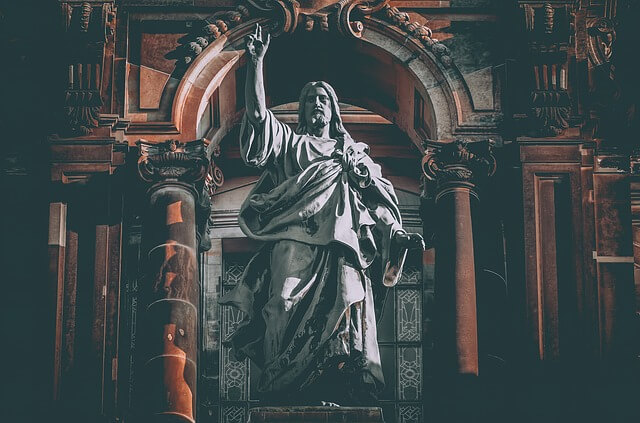
The Records of Tears of Our Lady of Akita
Amazingly, the tears of the statue of Virgin Mary were witnessed by many people 101 times.
The records of the tears of the statue of Virgin Mary are summarized in the following table.

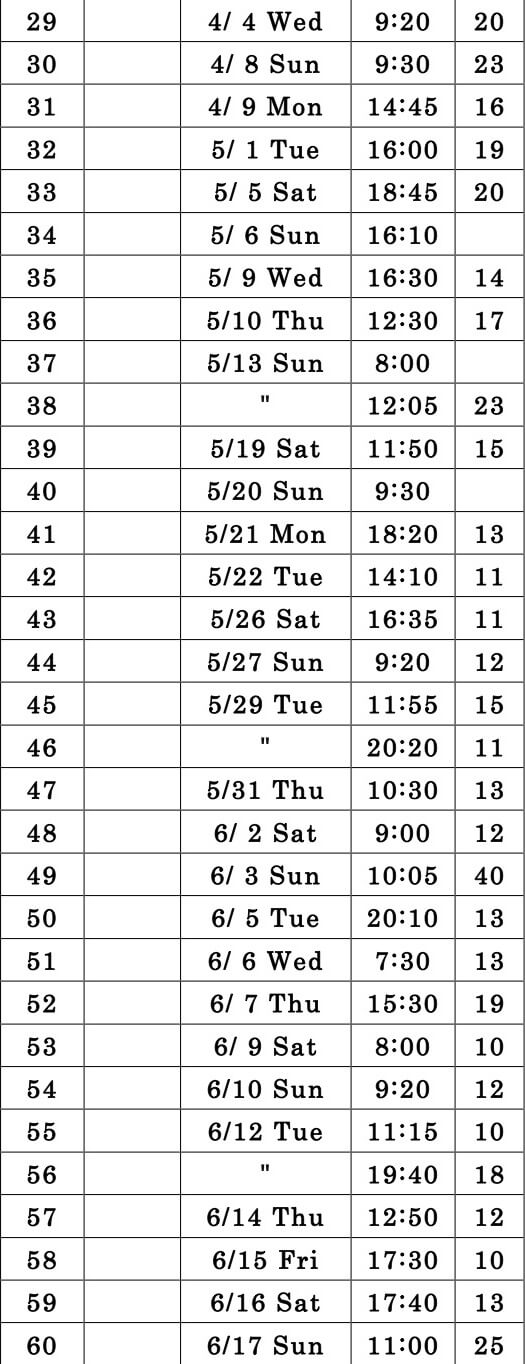
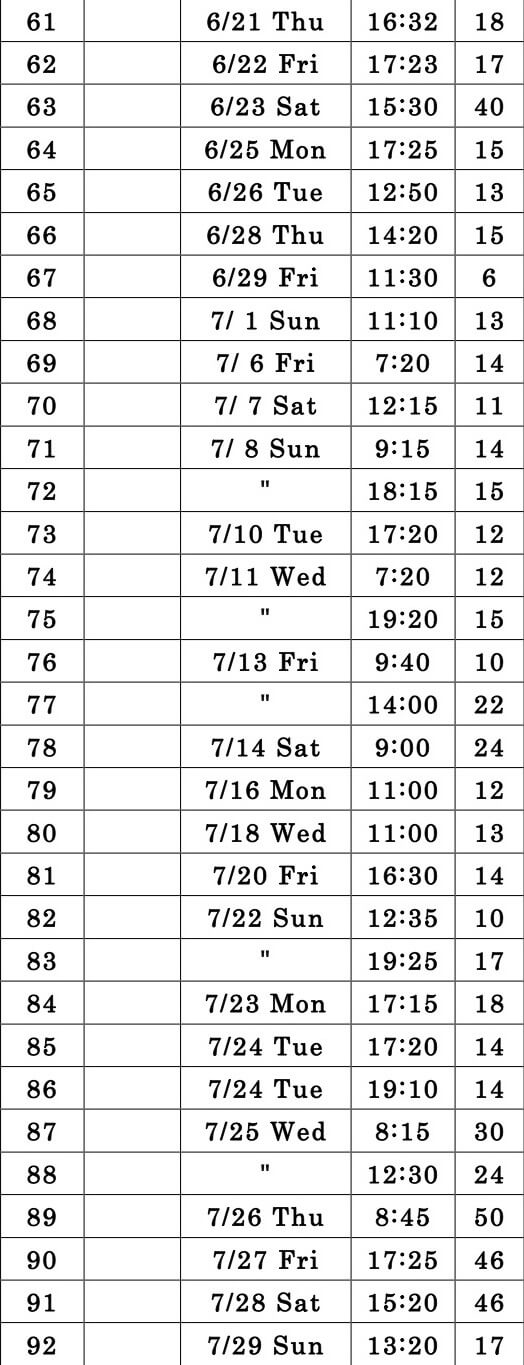
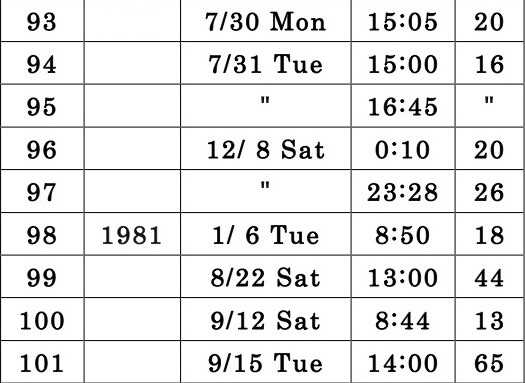
Indeed, the cumulative total of people who witnessed the tears of the statue of Virgin Mary was more than 1870!
The more detailed records are summarized in Father Yasuda’s book “Akita: The Tears and Message of Mary.”
As you can see from the notes of the following table, the weeping statue of Virgin Mary was witnessed by many people even when Sr. Sasagawa was absent or in the hospital.
This means that these miraculous phenomena are caused by the divine power beyond an individual ability of Sr. Sasagawa.
In this way, the wooden statue of Our Lady of Akita was indeed a living miracle!
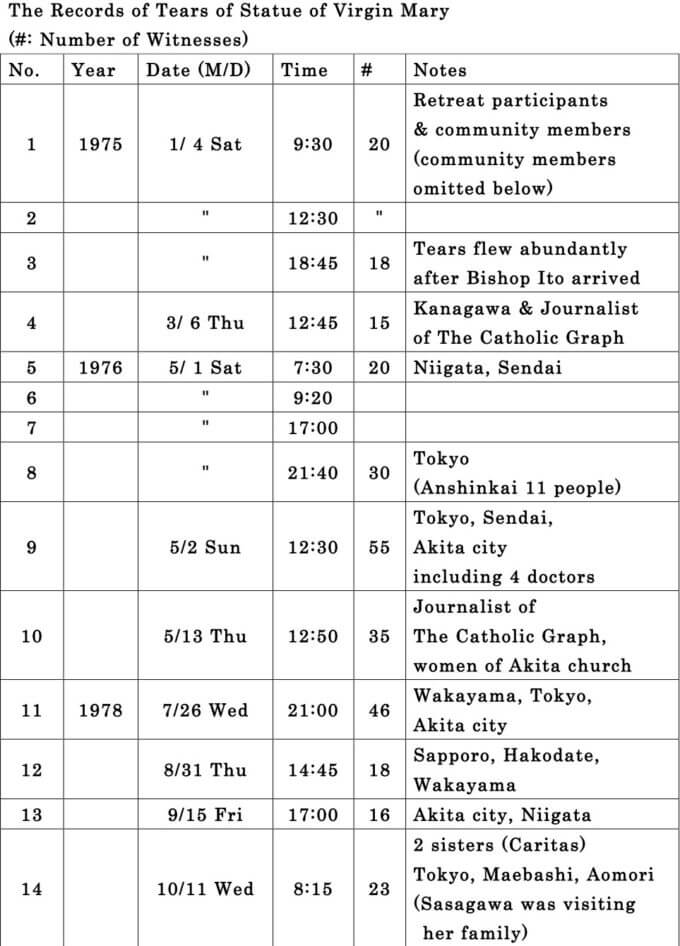
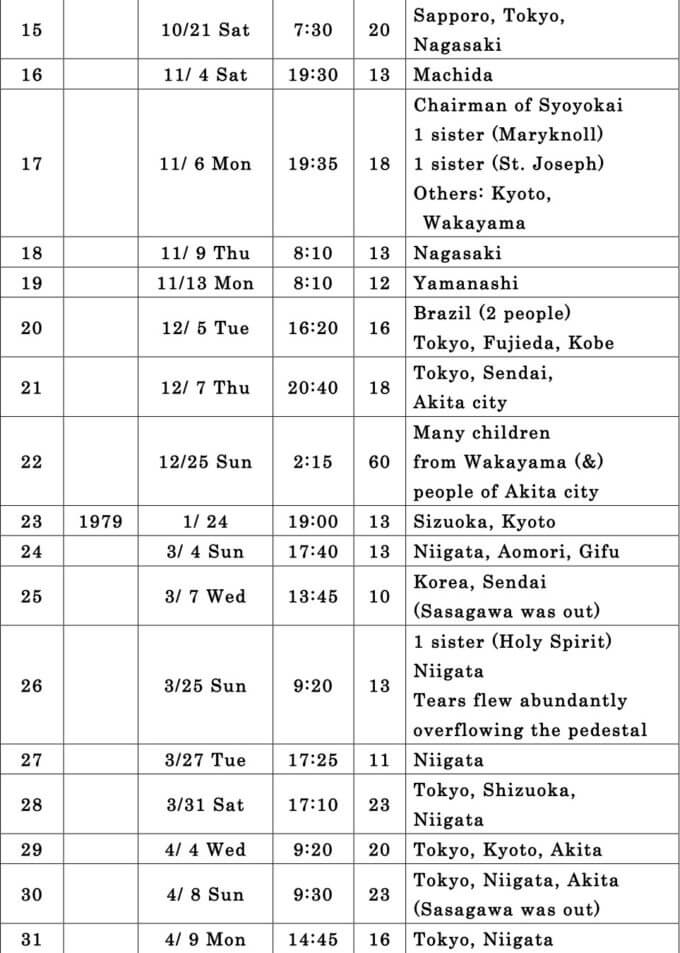
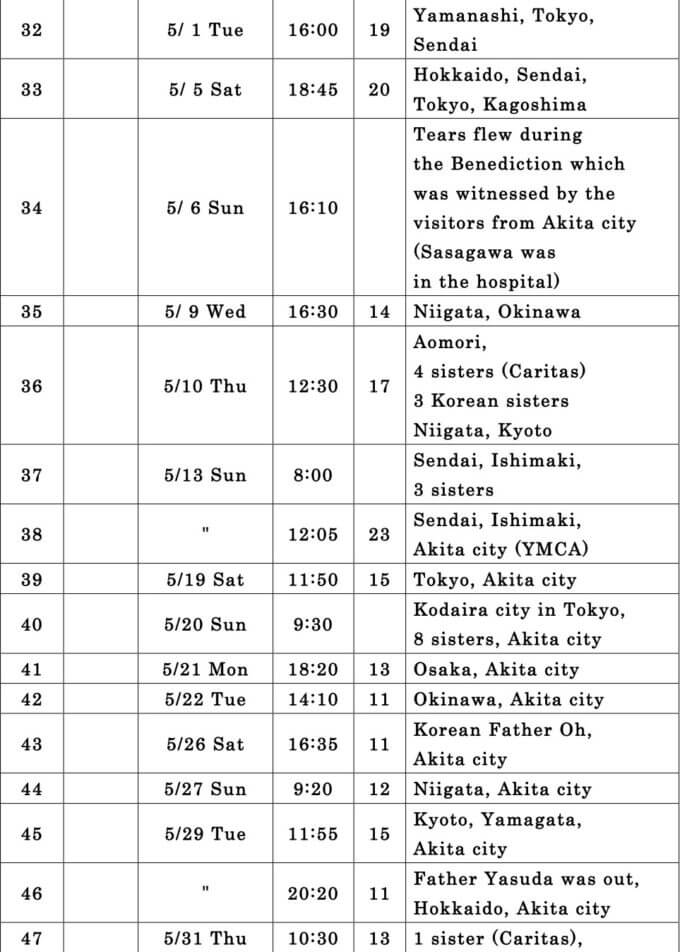
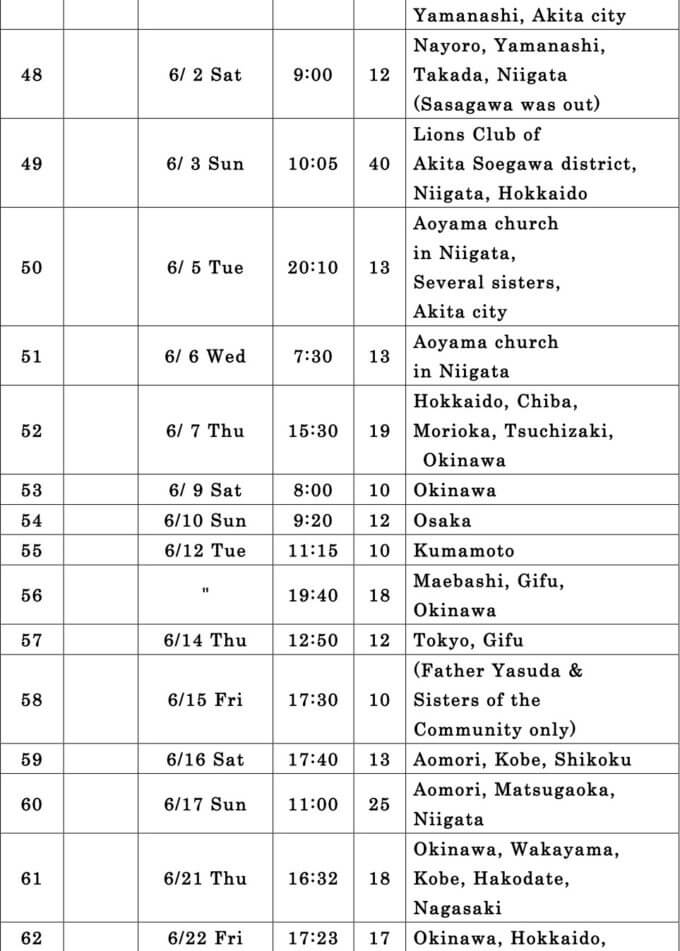

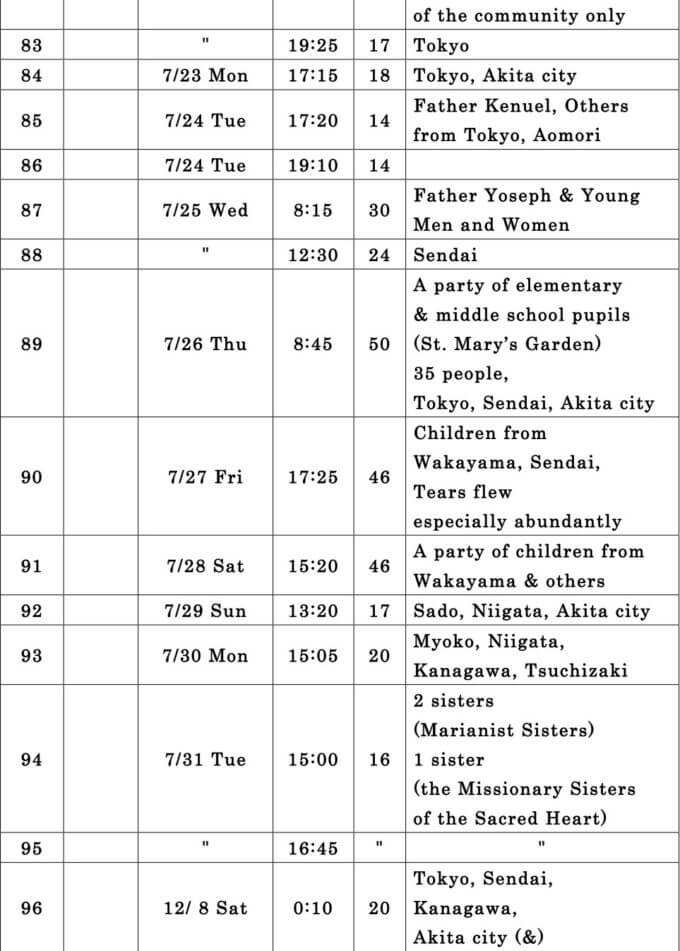
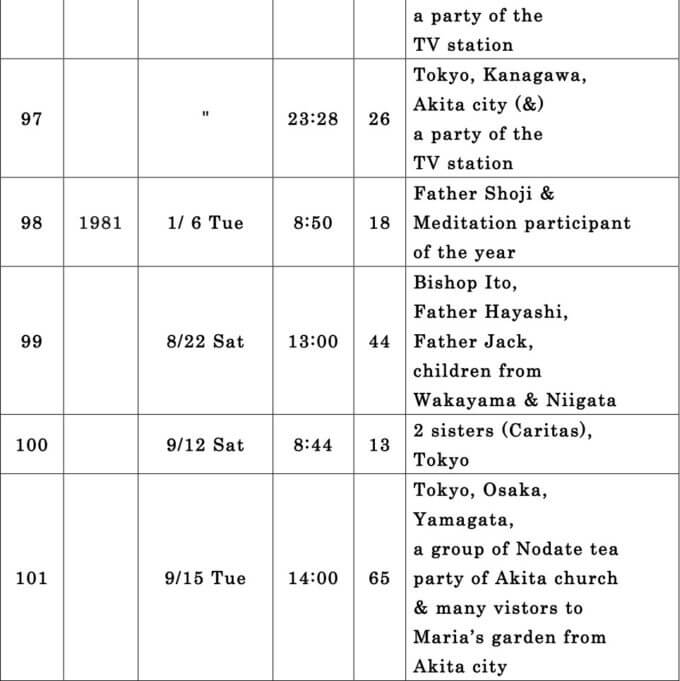
If you want the PDF version of the above detailed records, please download it from the link below.
Visit Akita and Confirm the Miracles of Our Lady of Akita
As described above, Our Lady of Akita worked various miracles, such as the miraculous cures of a deaf woman and a patient with terminal brain cancer as well as the bleeding and weeping statue.
Nevertheless, some people still cannot believe these miracles.
For such skeptical people, I recommend that you go and see if the miracles of Our Lady of Akita are true.
Especially, if you plan to visit Japan for the 2020 Summer Olympics, you should go to Akita!
For the detailed information of Our Lady of Akita, please click on the following link.
HANDMAIDS of the HOLY EUCHARIST
1, Soelgawa Yuzawadai, Akita-shi, Akita-ken 010-0822, Japan
Please go and see the miracles of Our Lady of Akita with your own eyes!
Published on November 4, 2019
Updated on November 23, 2019
Written by OTAKUPAPA
References
- Convent-Marian Shrine of Our Lady of Akita
- Teiji Yasuda (1994) “Akita: The Tears and Message of Mary”
- Our Lady of Akita in Wikipedia.
If you are interested in the other amazing stories of Sr. Agnes Katsuko Sasagawa, please click the link below.
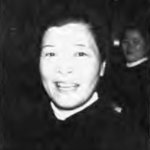

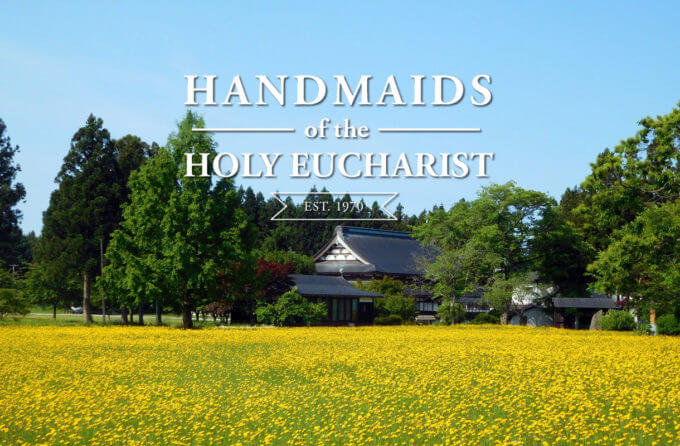
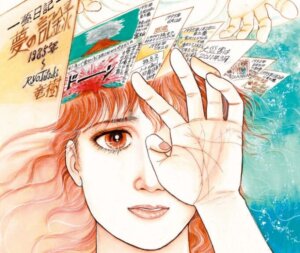
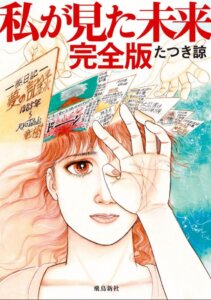
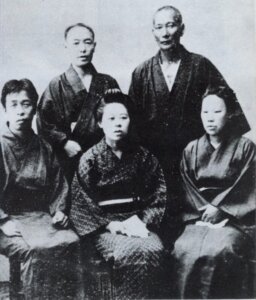

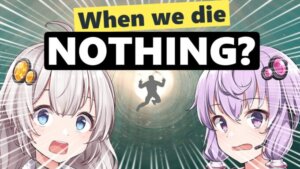
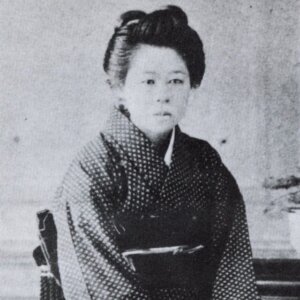
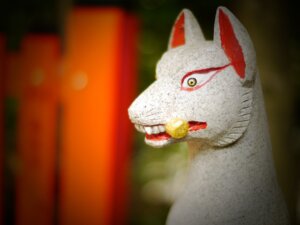
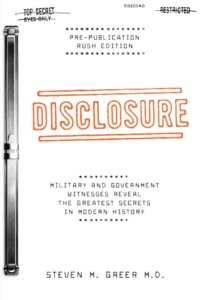
Comments